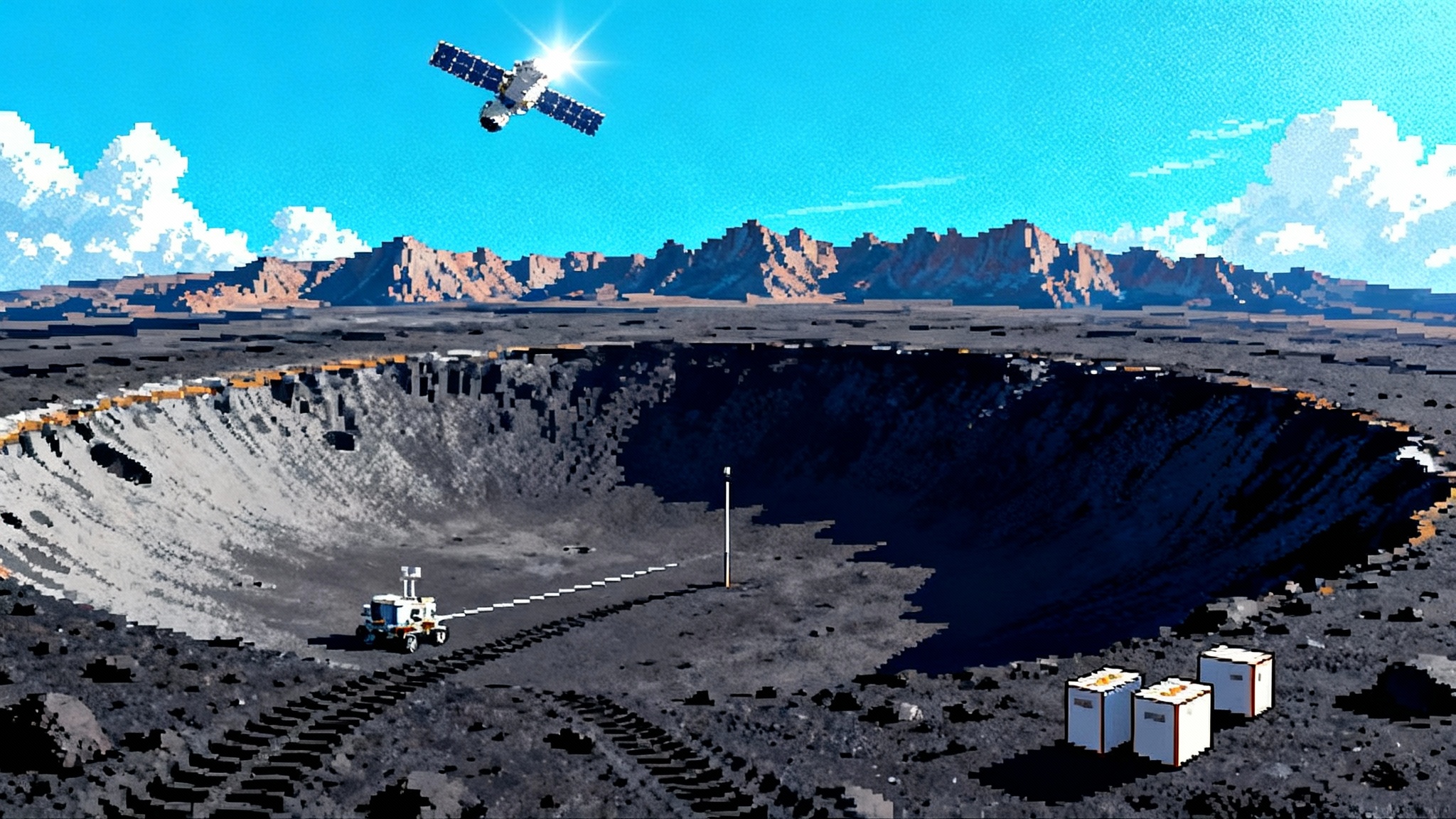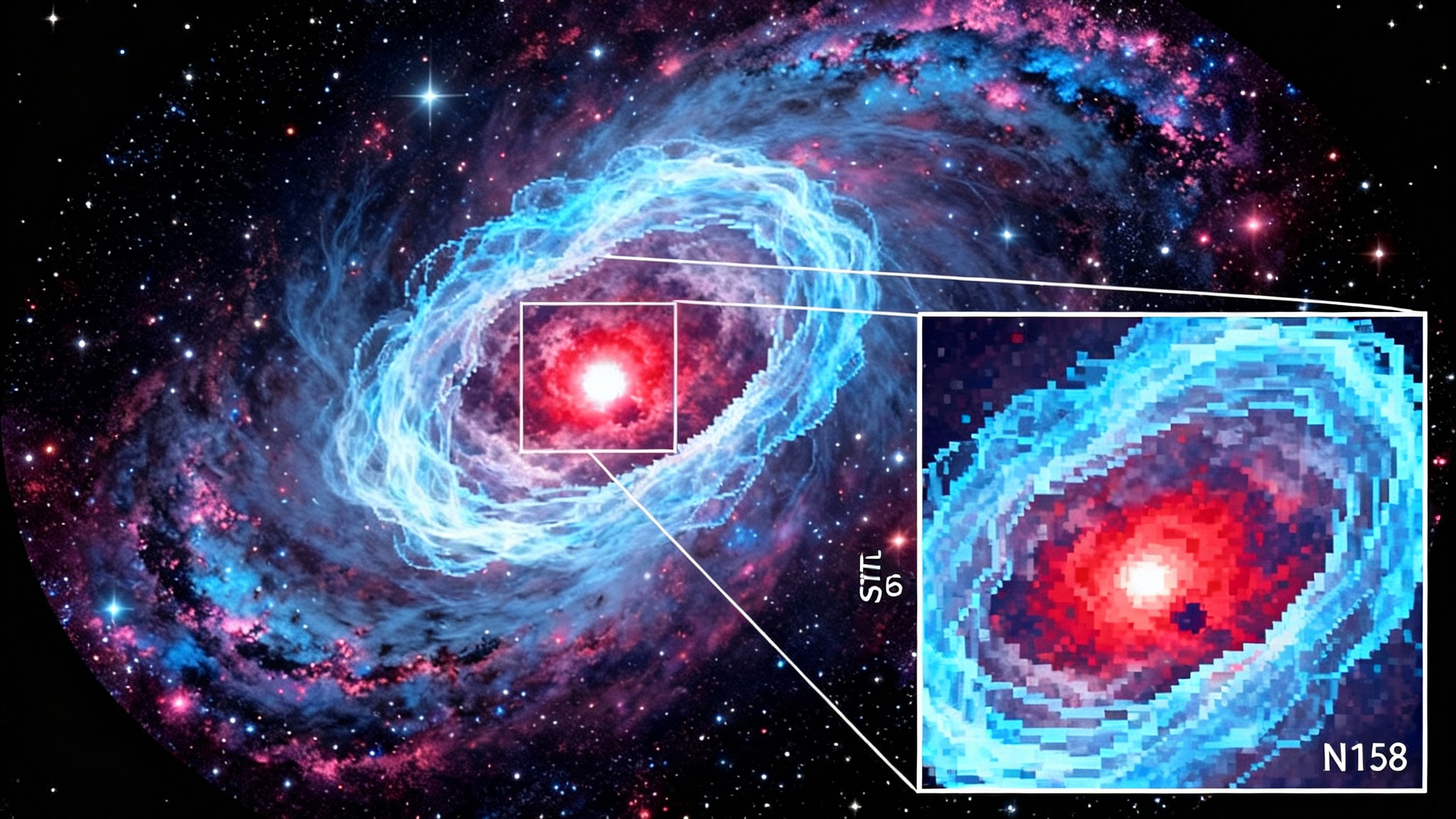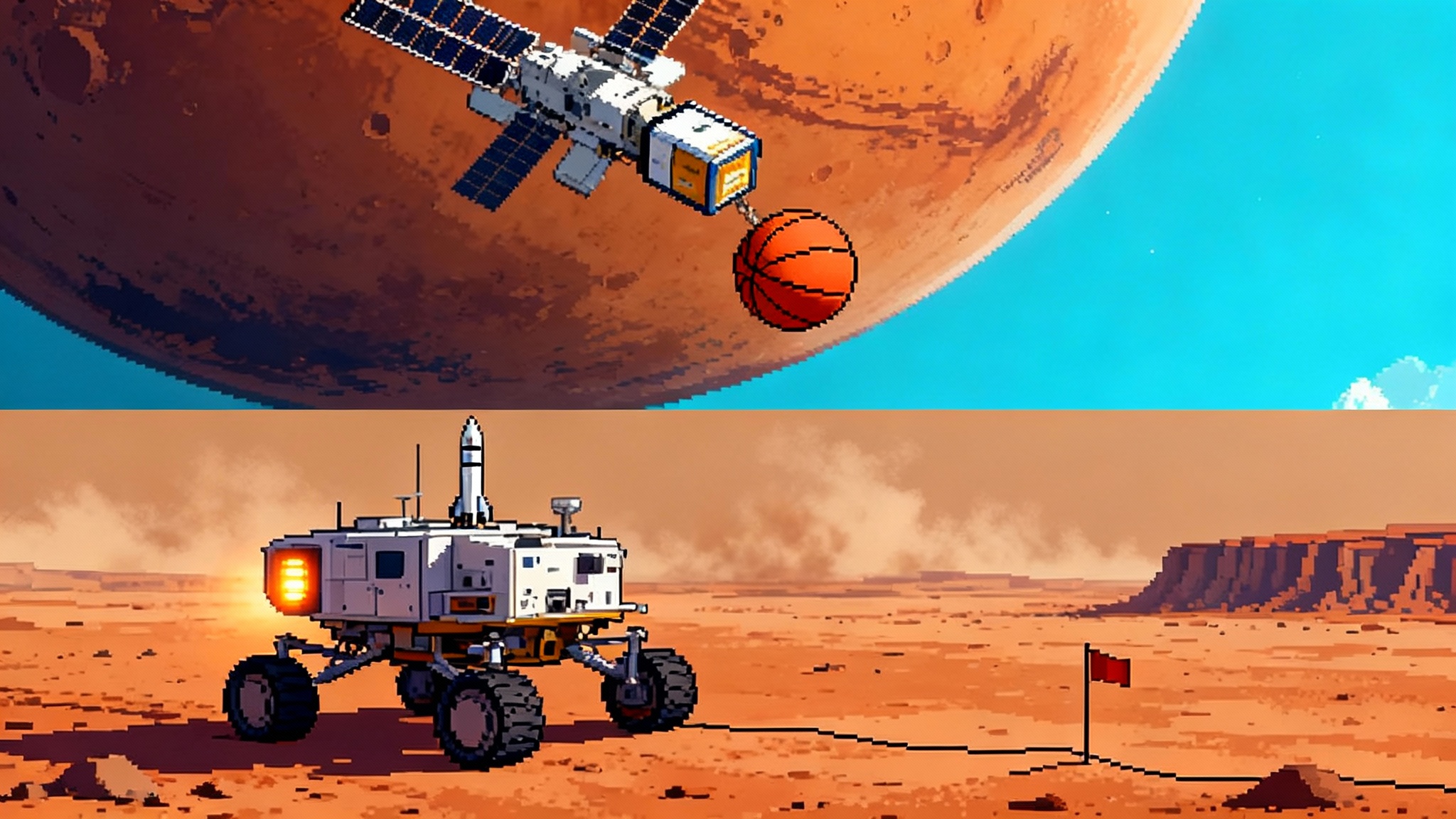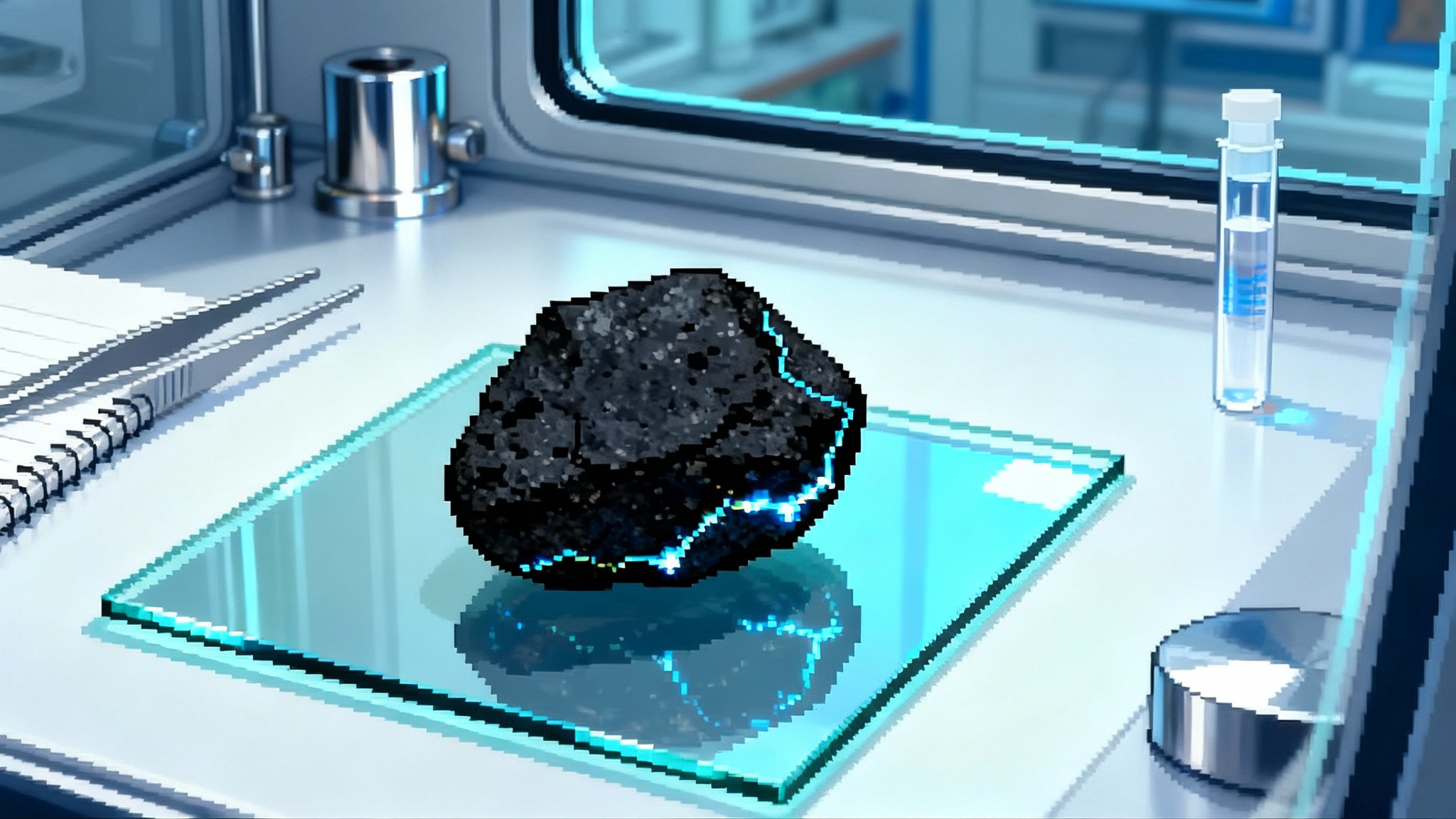Apophis 2029: OSIRIS‑APEX endures as Europe’s Ramses rises
With NASA's OSIRIS-APEX funded and ESA's Ramses accelerating, Apophis's April 13, 2029 Earth flyby becomes a live planetary defense drill. Here is what will change, what to measure, and what must be funded on the ground and in space.
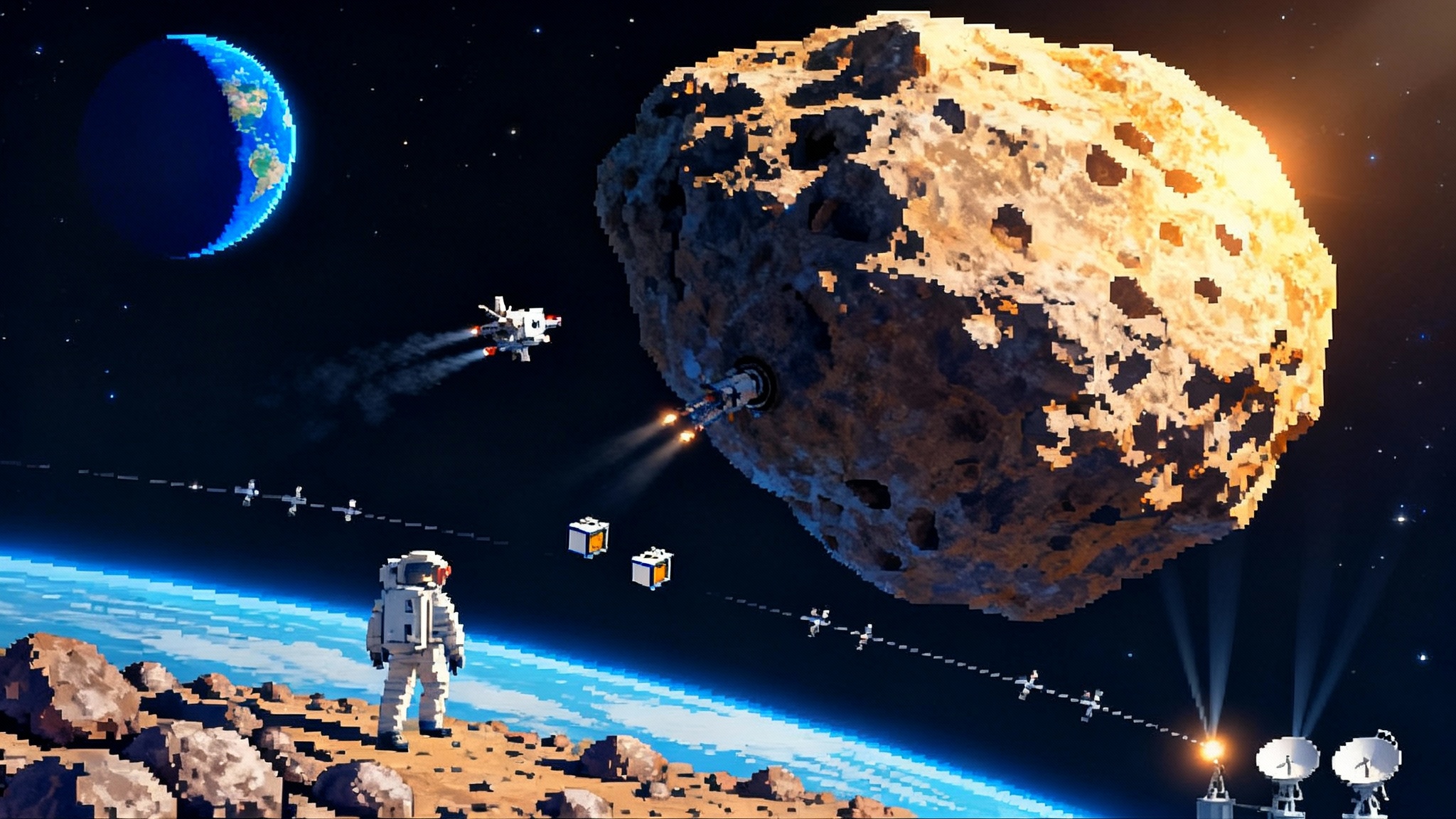
Breaking: a once-in-millennia flyby just became a live drill
In 2025, two budget lines quietly changed the storyline for the most anticipated asteroid event of our lifetimes. NASA's OSIRIS-APEX survived a round of cuts with a lifeline for continued operations, and in Europe the proposed Ramses mission advanced through early contracts and CubeSat selections while awaiting a November ministerial decision. Put together, those moves turn April 13, 2029 from a curiosity into a coordinated, multi-probe planetary defense experiment.
Here is the stage. On April 13, 2029, the 340-meter asteroid Apophis will skim inside the ring of geostationary satellites, about 32,000 kilometers above Earth's surface, visible to millions in the Eastern Hemisphere with the naked eye, and offering scientists an unprecedented natural stress test of a rubble-pile world. The pass is safe for Earth, yet rare enough that it happens only every few thousand years for an object this large. This is not entertainment. This is a controlled burn for planetary defense, a chance to watch gravity rewrite an asteroid in real time and to capture the data that future decision makers will need when an object is not just passing by. NASA's Apophis facts page lays out the basics of the approach and why it matters.
What exactly happens to Apophis in 2029
Think of Apophis as a loosely bound gravel barge. As it swings past Earth, tides will tug harder on the near side than the far side. That uneven pull can do four things we can measure if we are ready:
- Tidal reshaping. Subtle but global changes to the asteroid's silhouette, the heights of ridges and boulders, and the slopes that control how material migrates across the surface.
- Quakes and landslides. Vibrations can shake loose regolith, trigger mass wasting on steep slopes, and loft fine dust into temporary clouds.
- Spin and attitude changes. The rotation period and the orientation of the spin axis may shift by measurable amounts, like a baton that wobbles after a nudge.
- Orbit tweaks. The asteroid's heliocentric orbit will grow slightly, changing its period. Over time that also changes how sunlight's thermal recoil, the Yarkovsky effect, pushes on it.
This is nature doing what no lab can. The trick is to capture before-during-after measurements with enough precision to validate the models we will one day lean on for impact-risk decisions.
The cast: OSIRIS-APEX and Europe's Ramses, with two small companions
OSIRIS-APEX is the proven spacecraft formerly known as OSIRIS-REx. After delivering samples of Bennu to Utah in September 2023, the team targeted a second act at Apophis. The spacecraft's camera suite, infrared and thermal spectrometers, and a laser altimeter are still in use. The operations plan is to reach Apophis later in April 2029 and then spend about 18 months up close. Critically, the team plans a daring low pass to roughly 5 meters altitude, pulsing attitude thrusters downward to stir surface grains. That maneuver will expose fresh material for the spectrometers to analyze and reveal how easily the surface can be mobilized.
Ramses, if approved this month by European ministers, would complement OSIRIS-APEX by arriving earlier. The baseline is a launch in early 2028 to rendezvous by February 2029, two months before closest approach.That timing lets Ramses establish the definitive pre-flyby baseline and then watch change unfold during the hours of maximum tidal stress. Ramses also carries two CubeSats. One combines a dust analyzer with a low-frequency radar derived from the Juventas instrument that flew with ESA's Hera, to probe both the environment and the interior. The second will attempt an autonomous touch-and-measure landing to listen for seismic activity. ESA's public overview sets the mission's clocks and division of labor clearly. ESA's Ramses mission page is the best single reference for objectives, schedule, and the CubeSat roles.
Put simply, Ramses does the before and the during. OSIRIS-APEX does the immediate after and the deep dive. Ground-based assets provide the global frame around both.
The measurements that matter, and how we get them
-
Shape change and surface mobility. High-resolution stereo imaging and laser altimetry from both spacecraft can detect centimeter-to-decimeter changes in topography across areas where slopes are near the angle of repose. Practical target: repeat coverage of key migration lanes, places where boulders and fines have historically moved downhill, and of boulder fields near ridge crests where toppling would be most obvious. Comparing Ramses pre-flyby models to OSIRIS-APEX post-flyby models gives a clean difference map.
-
Quakes and landslides. The landed CubeSat's accelerometers would catch transient vibrations during the tidal squeeze. If the seismometer returns even a handful of good waveforms, those data will map zones of strong shaking and constrain the internal damping of the asteroid. Meanwhile, wide-angle cameras can track dust plumes and ballistic hops of pebbles. If dust analyzers register spikes in particle counts, we can correlate those with the timing of the gravity tides.
-
Spin state. Photometry from the spacecraft and from coordinated ground networks can pin down changes in rotation period to fractions of a second. Spacecraft attitude cameras will also track the orientation of surface landmarks over days to weeks, allowing a precise measurement of any precession or nutation induced by the flyby.
-
Orbit changes. Earth-based radar and optical astrometry, combined with deep-space tracking from the Deep Space Network and European Estrack, will solve for the post-flyby trajectory. Even small changes matter. They tune the Yarkovsky term, which depends on rotation, shape, thermal inertia, and surface roughness. Feed those updates into impact-probability codes at NASA's Center for Near-Earth Object Studies and ESA's Near-Earth Object Coordination Centre and the community gets a better risk model for objects we have not yet discovered.
-
Surface chemistry and freshness. By comparing spectra from areas that were shaded or buried before the flyby with newly exposed patches after, we can separate space-weathered skins from fresh rock. On an S-type body like Apophis, look for stronger olivine and pyroxene bands and changes in spectral slope. That is not basic mineral hunting. It calibrates how quickly surfaces weather and sets the clock we use to interpret other asteroids observed only from Earth.
Each of these products ties back to a defense question. How easily does a rubble pile slump when pushed. How deep does shaking penetrate. How predictable are spin changes after a planetary flyby. How much does a thin dust blanket alter the Yarkovsky drift that controls long-term impact odds.
The 2025 decisions that make or break the experiment
Survival funding for OSIRIS-APEX kept the lights on in 2025, but the mission needs steady support through 2026 and 2027 to maintain navigation accuracy, keep instrument calibration on schedule, and rehearse the low-altitude thruster pass. That is not bureaucratic housekeeping. Thruster plume models, camera exposure tables, and safe-mode recovery drills take people and time. If the team goes thin until 2027, you lose readiness, and readiness is the difference between a clean 5-meter pass and a waved-off attempt that yields less science.
In Europe, Ramses has momentum. ESA has already placed early contracts, selected both CubeSats, and lined up industrial teams so the mission can sprint if ministers approve it this month. The hard constraint is the launch window in early 2028. Missing that window means missing the pre-flyby baseline. The practical action for 2025 is twofold. First, fund long-lead items now, especially CubeSat propulsion, low-frequency radar electronics, and the autonomous navigation software for the landing attempt. Second, lock the launch service and rideshare interfaces. Lessons from New Glenn's flexible window efforts show why rideshare and interface freezes must happen early.
On the ground, three investments will decide how complete our picture is in 2029:
-
Planetary radar. With Arecibo gone, the combination of NASA's Goldstone transmitter and the Green Bank Telescope receiver becomes the backbone for high-precision ranging and imaging. Funding to maintain high-power availability at Goldstone, along with continued upgrades to Green Bank's developing transmit capability, raises signal-to-noise when it matters. In Europe, receivers such as the Sardinia Radio Telescope and the Lovell Telescope have demonstrated bi-static radar roles in recent campaigns. Formalizing a 2028 rehearsal that uses Goldstone or Spain's DSS-63 as the transmitter and multiple European receivers as a very long baseline array would shake down timing, frequency coordination, and data fusion before the main event.
-
Rapid-response imaging and spectroscopy. As Apophis swings behind the Sun from Earth's point of view in the hours after closest approach, ground-based optical telescopes will lose it. That is when OSIRIS-APEX becomes irreplaceable, but we still want the longest possible coverage. Fund a distributed playbook for small professional observatories and large amateur networks across Africa, Europe, and western Asia, coordinated with Rubin's real-time sky era. Use preassigned exposure sequences, filters, and standardized calibration frames. Commercial networks can supply fast cloud-based pipelines so light curves and color indices post within minutes, not days. The cost is modest compared with a single deep-space operation day, and the payoff is continuity across the gap.
-
Data standards and latency. You cannot combine radar, photometry, and in-situ seismic data if every team labels coordinates and times differently. Agencies should agree now on four things. First, a common body-fixed frame and shape model naming convention that updates as new models arrive. Second, prompt release of spacecraft geometry kernels so any observer can compute accurate viewing angles. Third, a minimal set of quick-look products with guaranteed latency, for example a daily global change map and a 24-hour rotation solution, even if they carry caveats. Fourth, a shared archive namespace so that Ramses, OSIRIS-APEX, and ground networks deposit to compatible folders with versioned metadata. None of this is glamorous, but it is what turns a beautiful figure into a reliable parameter.
How the work divides, precisely
-
Baseline shape and interior. Ramses maps global topography and density structure before the flyby. The low-frequency radar from its first CubeSat can see tens to hundreds of meters below the surface, revealing whether Apophis has coherent blocks or a uniformly porous core.
-
Tidal hour coverage. Ramses stays with Apophis through closest approach, imaging landslides as they happen and recording accelerations if the lander survives touchdown.
-
Immediate aftermath and deep sampling. OSIRIS-APEX arrives in the days after to document new scarps, fresh exposures, and boulder motion. Months later, when dust settles and dynamics are quiet, the spacecraft executes the low pass and thruster puff to expose a controlled patch of subsurface. That experiment calibrates how easily the surface uproots under a small, known disturbance, a transfer function you can apply to both tidal shaking and future kinetic impactor missions.
-
Long-arc tracking. Planetary radar, along with optical astrometry from survey telescopes, refines the post-flyby orbit and checks for any unexpected resonances. Those data close the loop on risk modeling and keep the defense community honest about uncertainties.
A template for fast, commercial-aided exploration
If we do 2029 right, we also learn how to do cheap, fast small-body missions that team government and industry. There are specific moves to make in 2025 and 2026:
-
Pre-integrated deep-space CubeSat buses. Lock the CubeSat configurations that worked in Hera and adapt them with minimal changes for Ramses. Freeze electrical and software interfaces so instruments can be swapped without requalifying the bus. That cuts a year off schedules.
-
Open rideshare play. Agree on a standard dispenser and telemetry link for deep-space CubeSats on commercial rockets, and pre-negotiate frequency allocations with regulators. When the next target of opportunity appears, you can buy a ride rather than build a mission from scratch. See how deep-space laser links shaped ground and flight readiness for surge days.
-
Commercial ground stations for downlink surge. When events spike, data rates must surge too. Contracts with private deep-space-capable stations, such as the upgraded Goonhilly antennas, can add passes without displacing other missions. Bake that surge plan into rehearsal schedules so teams know how to route data on big days.
-
Open algorithms, not just open data. Publish reference pipelines for shape-from-stereo, co-registration of pre- and post-event maps, and dust plume detection. If every team uses comparable methods, cross-checks are faster and disagreements are about physics, not software quirks.
What success looks like by 2030
By late 2030, success should look like this:
-
Validated models of how rubble piles respond to strong tides, including thresholds for slope failure and the depth of shaking as a function of interior structure. Those models should be checked against seismic data from the landed CubeSat and against topographic change maps.
-
A measured transfer function between a known small push and surface mobilization, thanks to the OSIRIS-APEX thruster experiment. That number informs both kinetic-impactor design and estimates of ejecta hazards for future missions.
-
A clean, precise update to Apophis's orbit and rotational state, with uncertainties small enough to serve as a benchmark for next-generation impact-risk codes.
-
A shared, well-documented data set, archived in compatible formats, that becomes the training ground for the next cohort of small-body scientists and the test bed for new defense algorithms.
-
A repeatable playbook for rapid missions. Pre-integrated buses, standard CubeSat interfaces, and established commercial support contracts should make it normal to mount a reconnaissance campaign in three years or less when a new target appears.
The bottom line
Apophis 2029 is not just a close shave. With OSIRIS-APEX still in the fight and Ramses poised for a green light, it is our first full-dress rehearsal for planetary defense. The opportunity is real, the constraints are real, and the clock is not forgiving. Fund the spacecraft teams to stay sharp, finalize and launch Ramses on time, rehearse the radar network, and lock in data standards so every observation snaps into place. Do that, and a safe flyby becomes a generational upgrade to how we measure risk and how quickly we can respond when the next rock does not miss.

